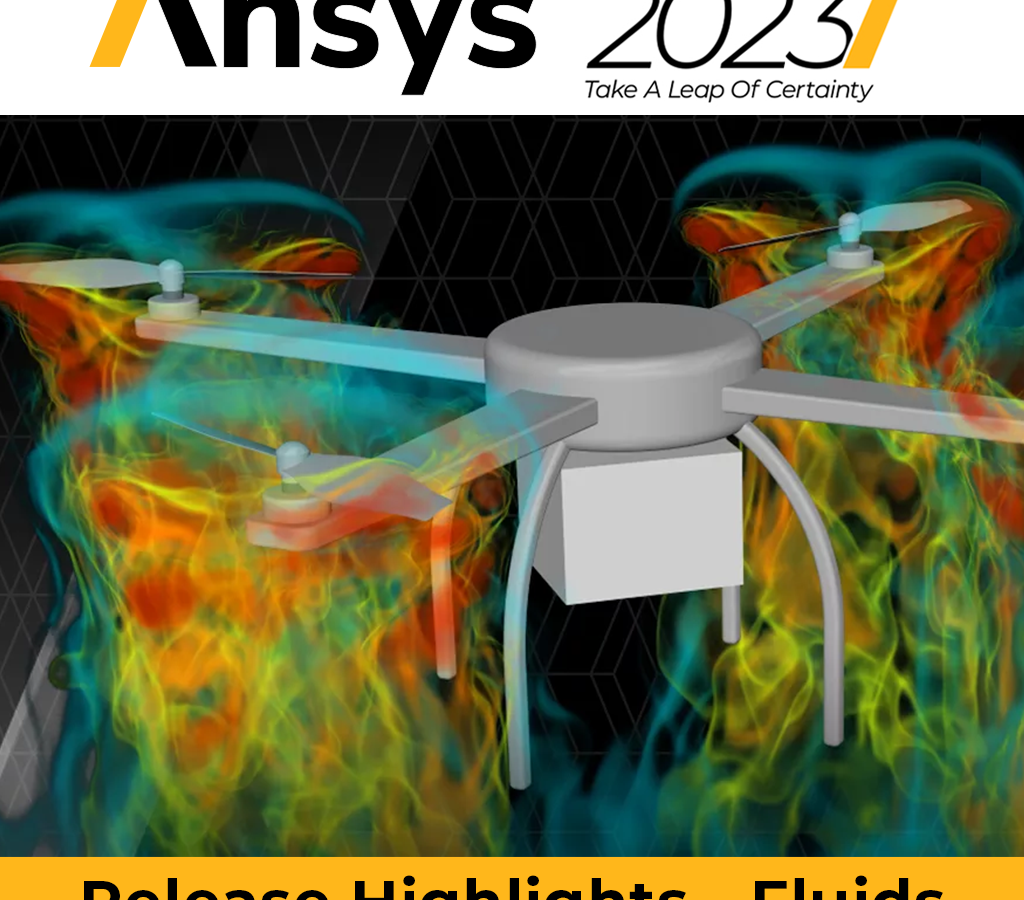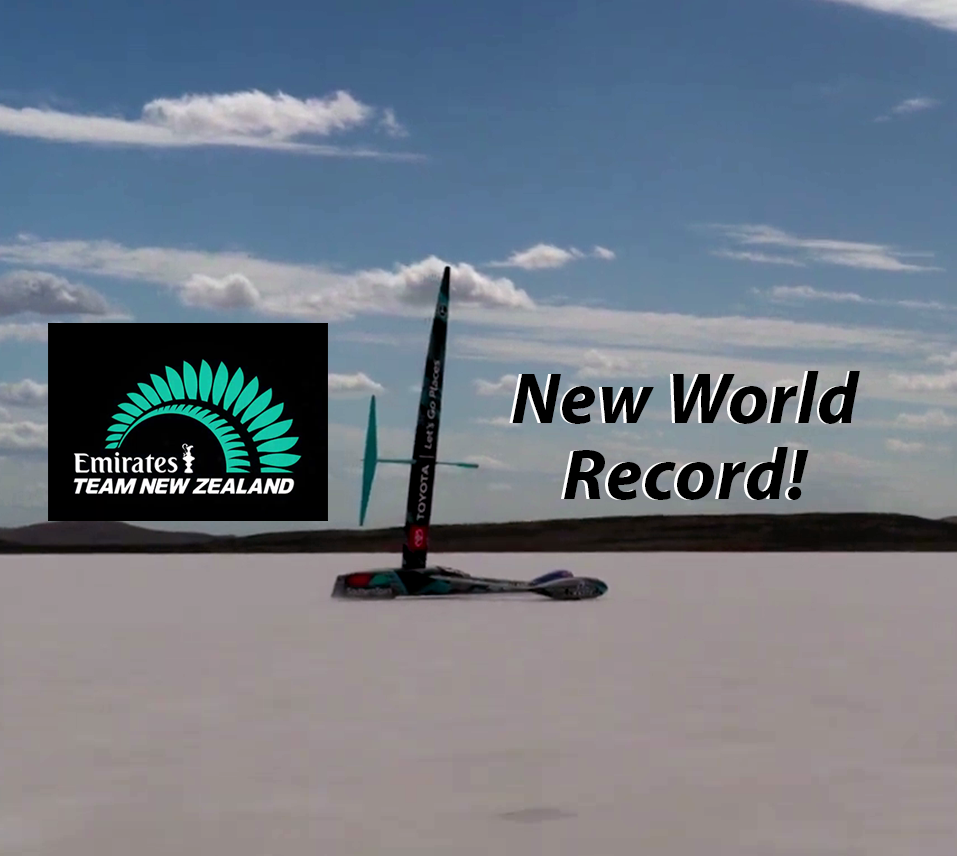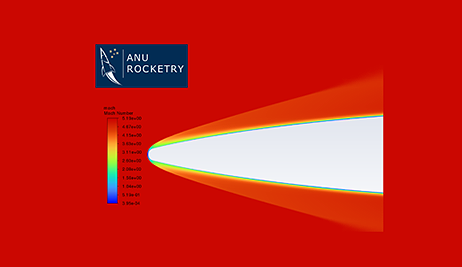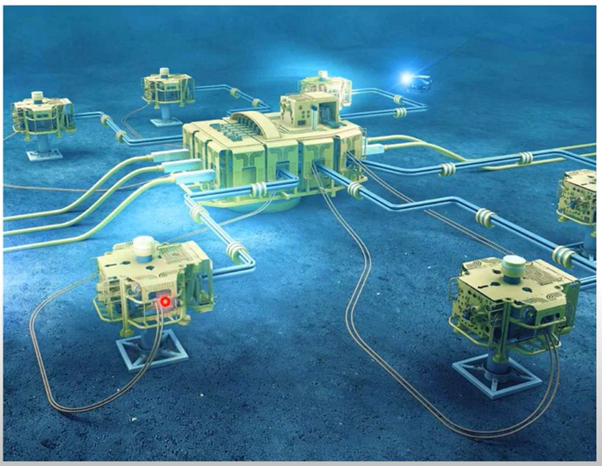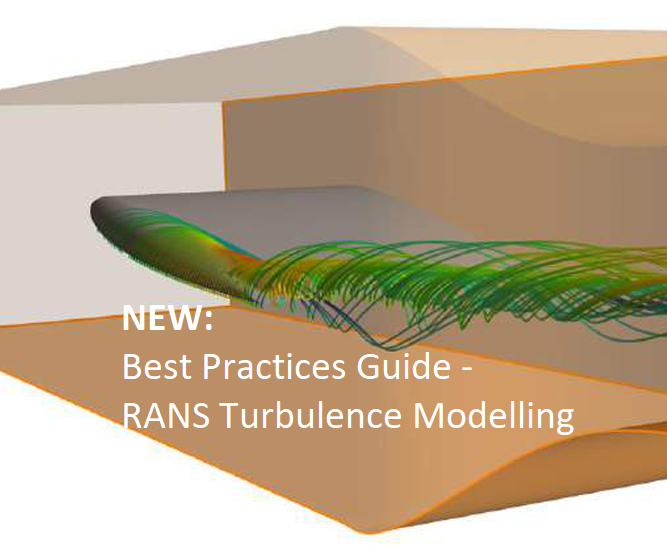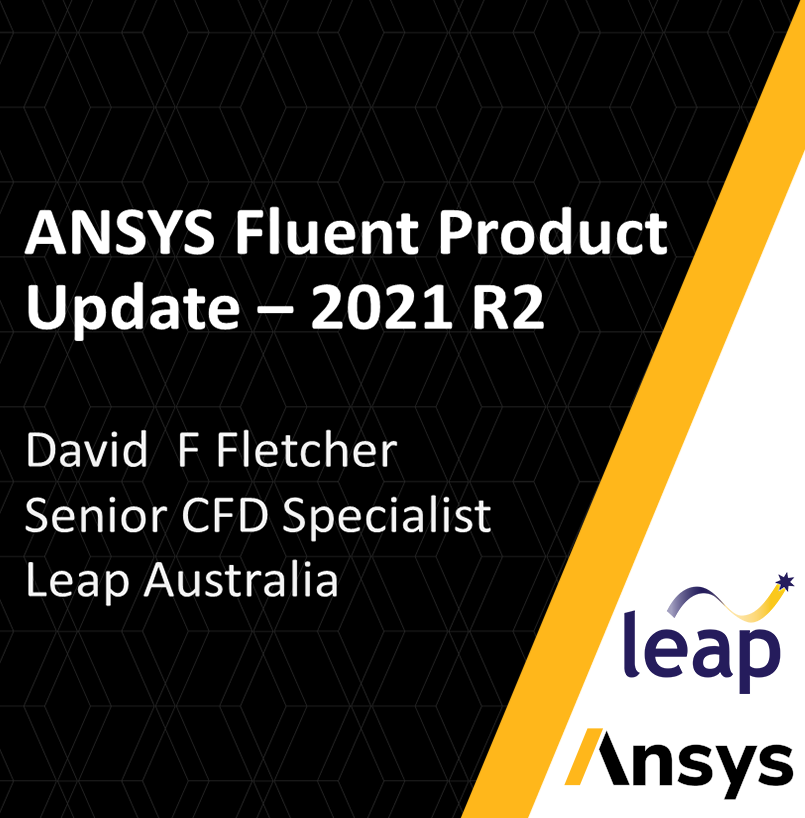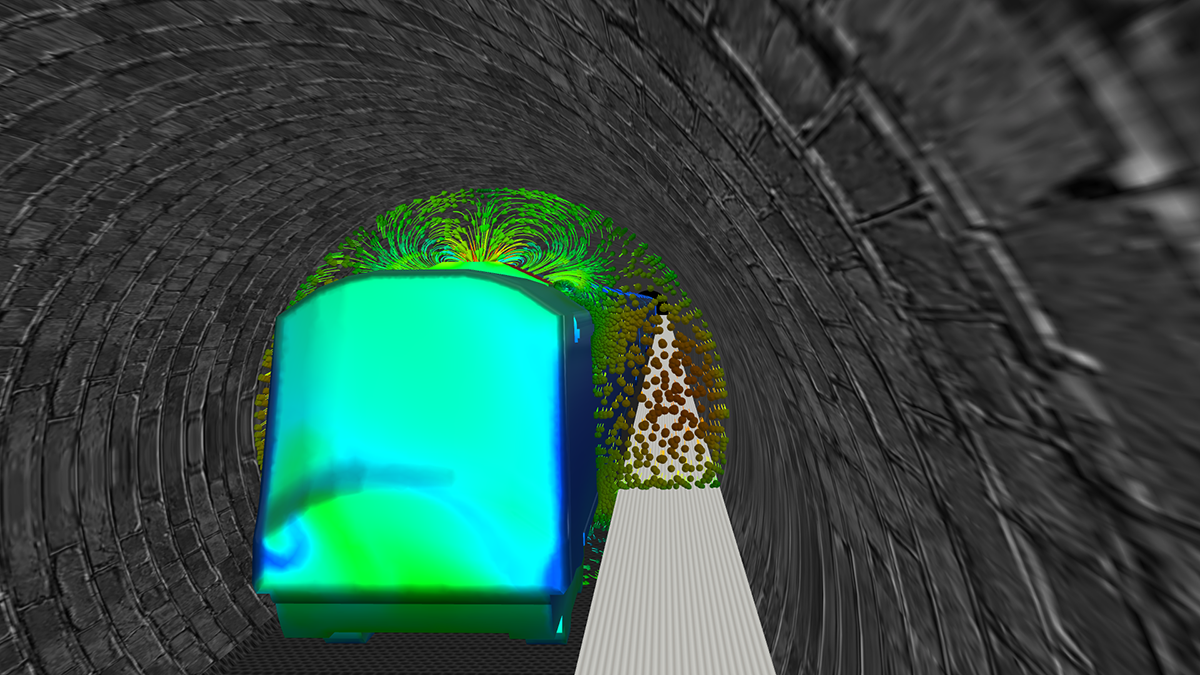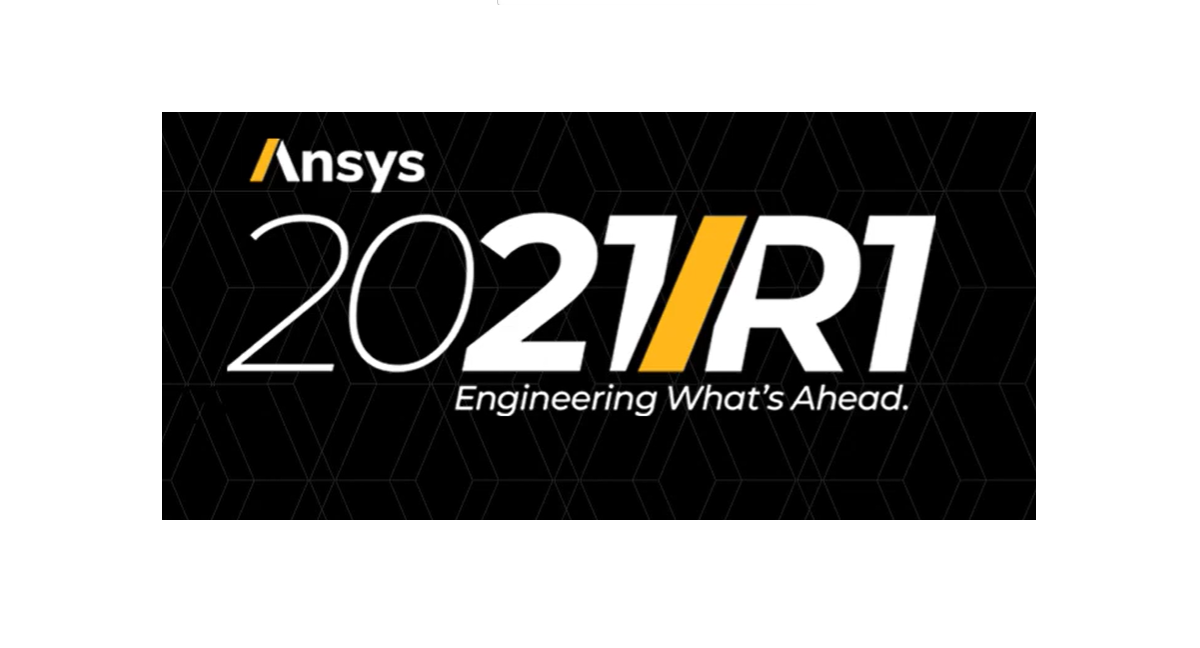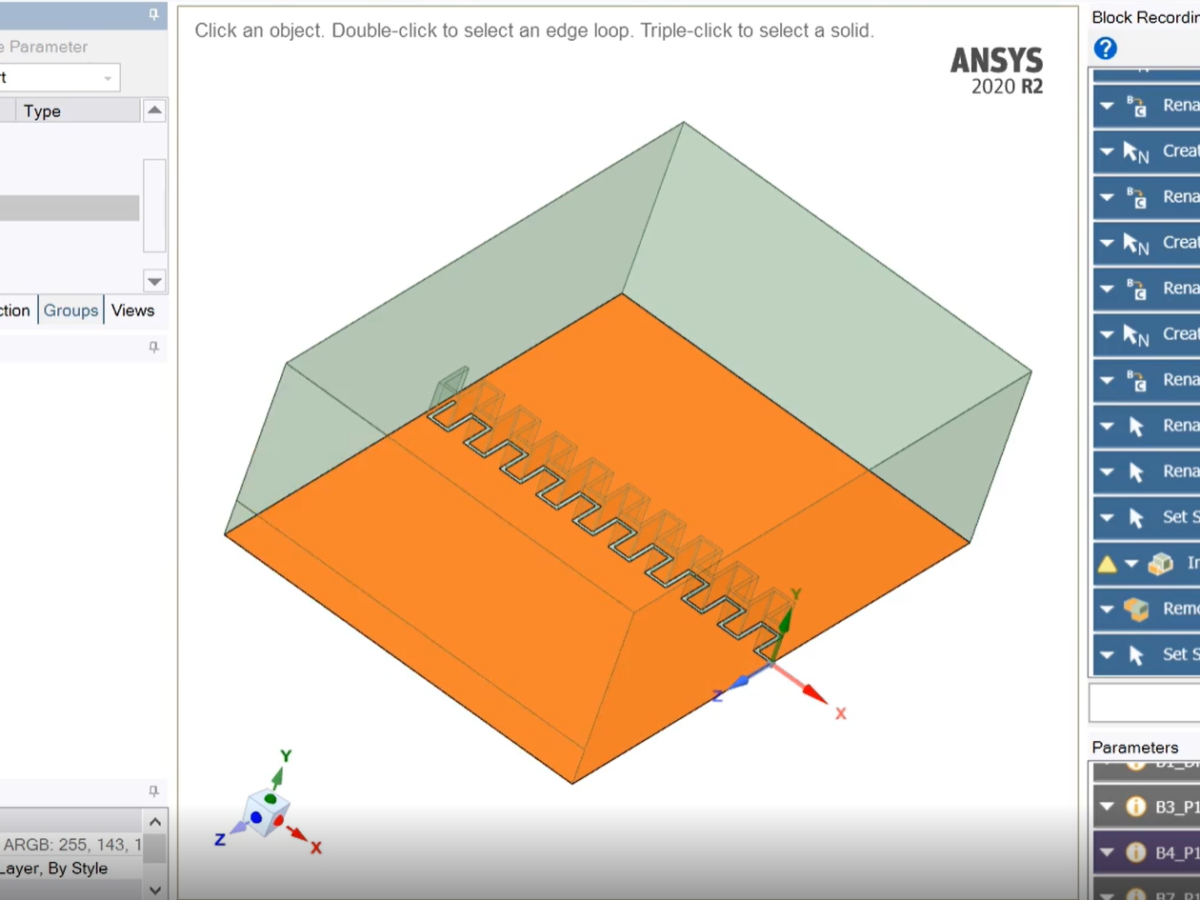Recording from LEAP's recent series of Ansys 2023 R1 & R2 update seminars covering the latest updates in Ansys Fluids. Thes videos are from our Melbourne event, presented by Dr. Lewis Clark, LEAP's Fluids Technical Manager.
The engineering behind the scenes of Horonuku – the successful attempt by ETNZ to break the wind-powered land speed record, drawing upon experience from engineers across ETNZ whose careers have focused on the complex physics of aerodynamics, dynamics, structural mechanics and composite materials.
Founded in 2018 to participate in the Australian Universities Rocket Competition (AURC), students from the Australian National University’s (ANU) Rocketry team are striving to develop a rocket capable of passing the boundary of outer space and being safely recovered by parachute upon re-entry. This lofty goal has led the team to move away from commercially available solid-fuel propelled rockets to develop their own in-house designed bipropellant liquid-fuel engine, with the help of Ansys aerothermal analysis to predict the heat flux at the space rocket’s leading edges during its hypersonic ascent phase.
Highlights from a recent webinar by LEAP’s expert simulation team covering the most significant updates in Ansys for educators and academic researchers in ANZ - with a focus on Fluids, Structures and Electromagnetics across the last 2-3 years.
Guest Blog by Wood Australia. Edward Yap, CFD Consultant and Deepak Jagannatha, Lead CFD Consultant, recently presented this in-depth look at their analysis of a Subsea Christmas Tree, commonly used in the Oil and Gas industry, as part of LEAP’s Ansys CFD Virtual User Group meeting.
David Fletcher from LEAP discusses the importance of the 3rd Turbulence Best Practices guide recently released by Florian Menter and his team at Ansys.
This latest BPG documents the key best practices in RANS turbulence modelling, with comprehensive coverage of all widely-used 1-equation, 2-equation and Reynolds stress models.
Prof. David Fletcher guides us through the key new features of interest in Ansys 2021 R2 for CFD, including some important new usability enhancements. This blog contains a series of short summaries with content tailored to particular physics / applications / topics of interest.
Learn how simulation plays a vital role in the design phase for many infrastructure projects such as tunnels, with the ability to test various design configurations and verify performance virtually, without build-and-test methodology, providing cost savings and faster project delivery.
Ansys 2021 R1 brings a multitude of new advances and usability enhancements. - here we provide a series of short highlight summaries with content tailored to particular physics / applications / topics of interest.
How can CAE users make the most of the new scripting capabilities available in SpaceClaim 2020R2 to help efficiently automate the generation of new geometry designs? We look at how to create design templates that can automatically generate different designs, simply by modifying a few key parameters.
